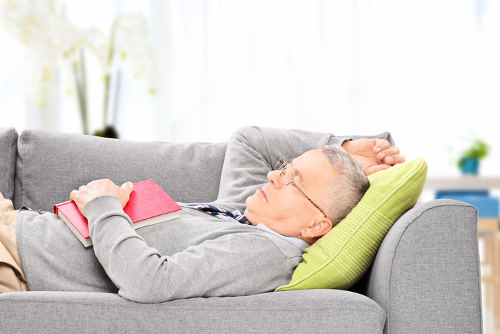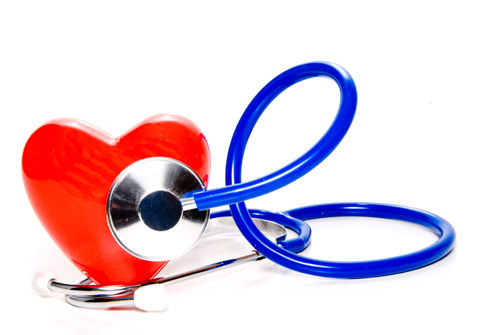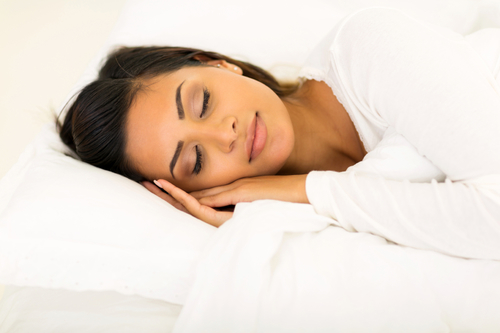 Do you feel sluggish and tired at a particular point of the day? A power nap may be just what the doctor ordered. Taking 10 minutes out of your busy schedule can be all it takes to boost your energy level and be productive in your daily activities.
Do you feel sluggish and tired at a particular point of the day? A power nap may be just what the doctor ordered. Taking 10 minutes out of your busy schedule can be all it takes to boost your energy level and be productive in your daily activities.
We will examine power nap benefits, and how the right amount of power nap time during the day can reenergize your internal battery and promote a good quality sleep at night.
Napping is such an important tool for so many people—there is actually a National Napping Day celebrated every year. Since we lose an hour with the turn of the clocks forward in spring, the first Monday after Daylight Savings Time arrival is set aside to catch up on those precious zzz’s. This year, it will be celebrated on Monday, March 13.
As a young child, we were coerced to have a nap when we showed signs of being tired by our crankiness and fighting to keep our eyes open. As an adult, we yearn for those days when our heads could hit the pillow for a little rest. Research has shown it is vital to our health as well as our overall functioning.
Power Nap Health Benefits
For those who love the chance of napping, the exciting news from researchers at the School of Psychology at Flinders University in Australia, will give them reason to rejoice. “A new biological process (called Process O) suggest that sleep onset followed by only 7-10 minutes of sleep can result in a substantial increase of alertness,” as published on the US National Library of Medicine National Institutes of Health website.
The health benefits of power naps go beyond improving alertness and have been suggested to help those with various health conditions, including those people with psychological symptoms. It has also been shown to reduce motor vehicle accident rates, prevent mistakes at work, and improve performance.
1. Boosts Cognitive Function
As our day progresses, our minds are filled with information that can create an environment of overload and can prevent us from mentally feeling productive. The Journal of Sports Sciences published a study proving that a napping period of 30 minutes greatly improved the performance of male participants. Of the group, the ones who had a power nap compared to those who sat resting, had a higher amount of alertness and memory improvement, as well as a lower heart rate and core temperature. These results were based on a restless sleep experienced the night before.
 2. Possible Heart Benefit
2. Possible Heart Benefit
Conflicting reports have suggested napping can help or harm your heart health, depending on the length of the nap and the condition of the study participant.
The University of Athens Medical School and the Harvard School of Public Health joined forces to investigate the effects of napping on coronary mortality.
Their findings suggest that taking three naps each week for approximately 30 minutes can decrease the chance of coronary mortality.
By reducing stress and the body’s natural production of cortisol with the power of resting, researchers at the National Institute of Health claim you can lower your risk of conditions causing inflammation, especially in heart disease.
While short naps have been proven to benefit most people, there have been results showing that too much of a power nap can be detrimental to your heart health. The combined findings of 21 studies shows that napping for more than 40 minutes increases risk of metabolic issues, such as heart disease and diabetes.
The risk was extremely high in those sleeping more than 90 minutes during the day, and even in those who didn’t nap but showed signs of extreme tiredness throughout the day. The collective study did note there was no direct link that these conditions caused diabetes or metabolic syndrome.
 3. Stress Reducer
3. Stress Reducer
Let’s focus on the effects of napping as a stress reducer. Our body produces a stress hormone called cortisol, and this can be affected by a lack of sleep.
Naturally, our levels decrease at night, and increase in the morning and throughout the day, depending on current physical and emotional stress triggers. Being tired can allow more cortisol to be produced at more frequent times.
Based on the aftermath of a poor night’s sleep, a 2012 study suggested by taking a 30-minute nap, participants had no increase in the stress hormone, noradrenaline. This study published in the Journal of Clinical Endocrinology & Metabolism, claims there is a chance to regulate stress hormones in such a situation.
4. Improves Physical Performance
When we are tired, it can create an environment where we avoid exercise after a long day, or even prevents us from performing important daily tasks. This is evident with athletes on a training or competition day as shown in various studies. By taking a power nap, it may improve your ability to react physically to tasks, since it has helped in some athletes performing faster.
5. Lowers Food Cravings
Have you ever noticed that during the afternoon we feel sluggish and reach for a snack? This is because we need a sugar rush to get over the hump. It is suggested that to ward off the sugar craving in the afternoon, many people may have to take a nap instead. A nap will not only avoid consuming sugar, but will also reduce any stress hormones that give us that craving.
As with many studies, findings promoting a power nap can be beneficial to some people and not to others. Some people may have difficulty adjusting to sleeping during the daylight hours, while others cannot fall asleep without lying down on a bed. A condition known as sleep inertia may also interfere with a person benefitting from a short sleep.
This occurs after sleeping for up to 20 minutes and awaking with a disorientated state of mind, feeling more physically tired than before. Reaping the benefits of a power nap depends on the timing and the length of time for the nap. Read on for tips for the best way to regain your energy levels.
Power Nap Tips: Time and Length for All-Day Energy
There are three basic types of naps. A planned nap is to avoid becoming sleepy later in the day or evening, such as when you know you will be staying up past your bedtime. An emergency nap refers to that moment you can no longer physically go on and need to rest before completing a task, such as driving a vehicle. Habitual naps are the ones you purposely take daily at a specific time. Let’s prepare ourselves for an appropriate power nap length with the following how-to tips.
1. Be Comfortable
If you can, lay down rather than being propped up in a sitting position. Remove shoes and any bulky clothing.
2. Controlled Sleep Environment
By maintaining a low room temperature, avoiding bright lighting, and reducing environment noise, you may have a better chance of falling asleep faster. Using a blanket will help, since our body temperature naturally decreases as our metabolism slows down.
3. Choose Appropriate Timing
Studies have shown that napping after a noontime meal is more beneficial, but this situation does not always present itself each day. Whether you enjoy your power nap after lunch or mid-afternoon, it is important to only allow yourself a short sleep. Also keep in mind the time of your regular bedtime, so not to disrupt that cycle.
 4. Limit Sleep Time
4. Limit Sleep Time
So, how long should you nap for to feel refreshed? For best results, set a timer to awake after 20 to 30 minutes. A brief power nap of even five to 10 minutes can reenergize some people’s minds and bodies.
It is important not to allow yourself to sleep for more than 45 minutes, as it may inhibit your ability to fall asleep that evening, or may result in feeling more exhausted than before the nap.
Despite the number of benefits for many people, there are still negative views on taking a nap. Those who may not benefit, may express thoughts of laziness towards someone claiming they take a daily rest.
It is important you follow through with what is right for you and your physical and emotional well-being. Power naps have been proven to improve cognitive function and promote energizing one’s physical manner. Each person is different, and you will need to find what timing and amount of sleep is beneficial to you.
Related:
- 4 Healthy Gluten-Free Tortillas and Wrap Recipes
- Top 3 Unhealthy Habits to Give up at Lent
- The Secret to Sticking to Your Healthy Lent Goal
- Vitamin D Deficiency in the Winter: Health Effects & Supplementation
Sources:
“Napping,” The Sleep Foundation; https://sleepfoundation.org/sleep-topics/napping, last accessed March 6, 2017.
Preidt, R., “Daytime Sleepiness, Long Naps Tied to Heart Risks,” WebMD, March 24, 2016; http://www.webmd.com/sleep-disorders/news/20160324/daytime-sleepiness-long-naps-linked-to-heart-risks-study, last accessed March 6, 2017.
“13 Incredible Benefits of Power Napping,” Runtastic, July 21, 2014; https://www.runtastic.com/blog/en/nutrition-wellness/benefits-of-power-napping/, last accessed March 6, 2017.
Lovato, N. and Lack, L., “The effects of napping on cognitive functioning.,” National Center for Biotechnology Information; https://www.ncbi.nlm.nih.gov/pubmed/21075238
